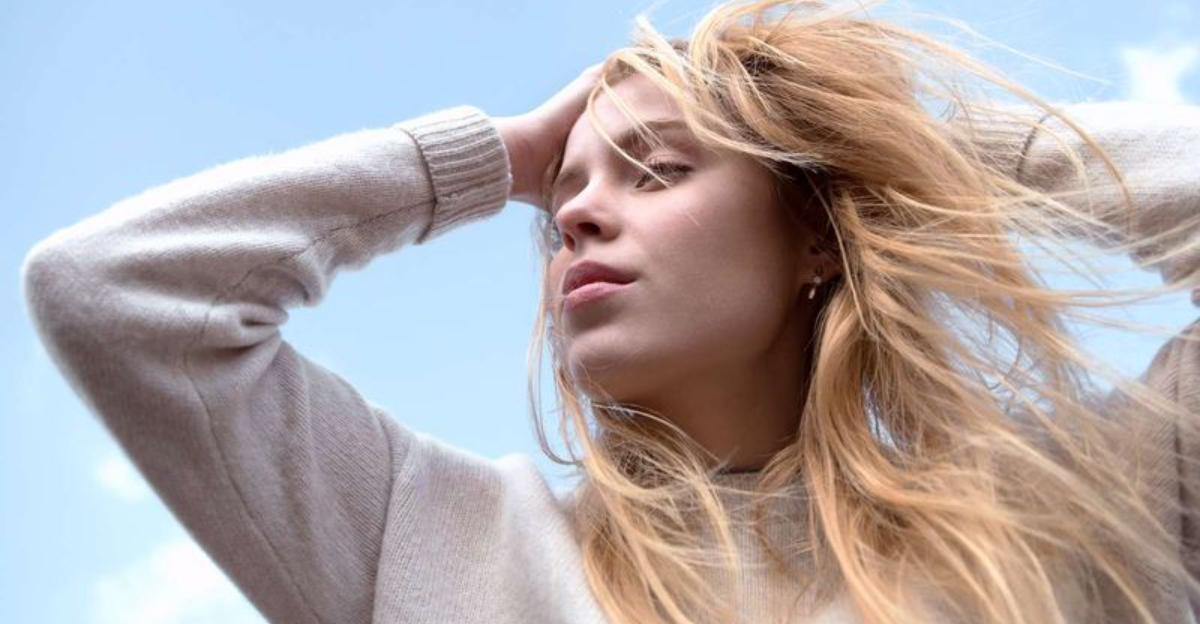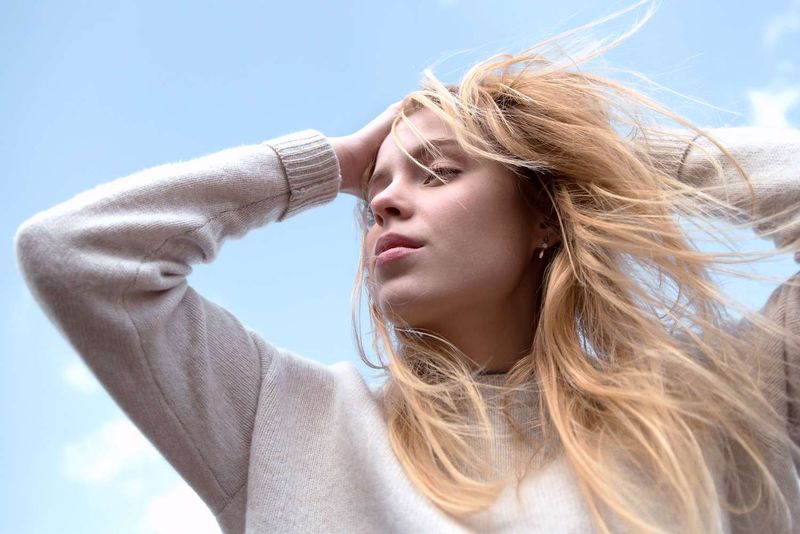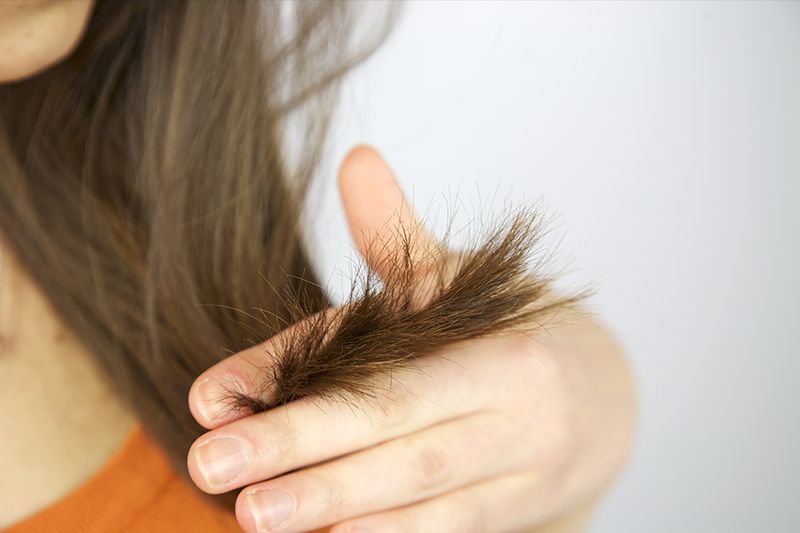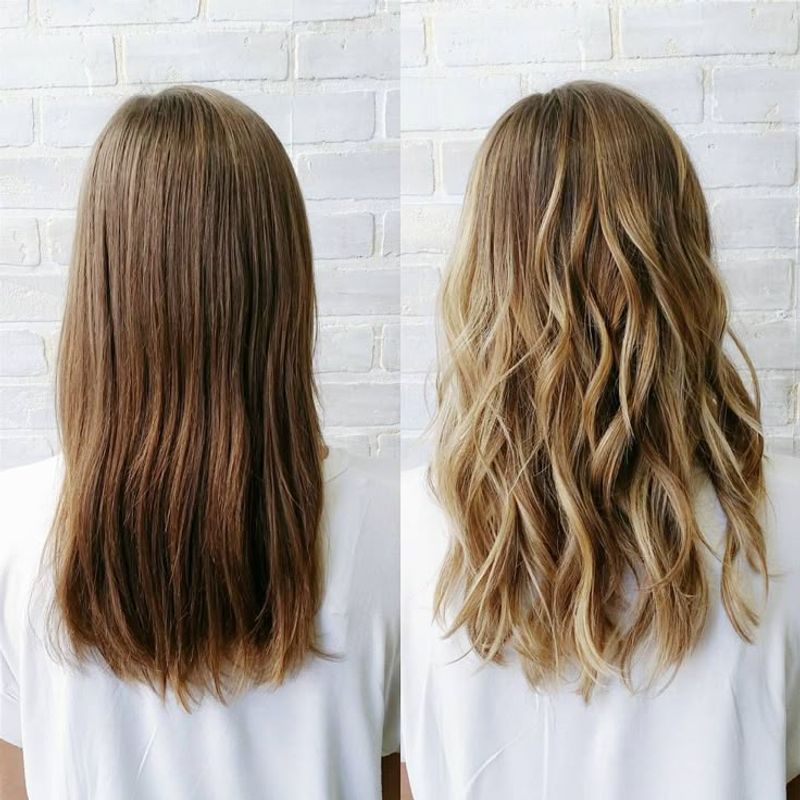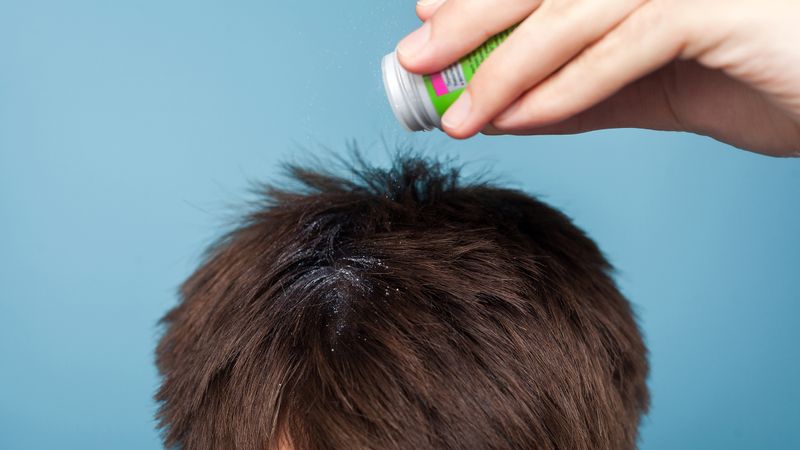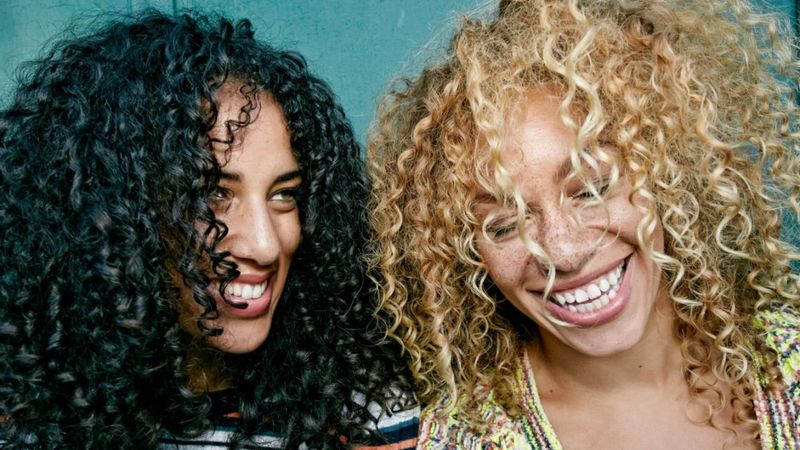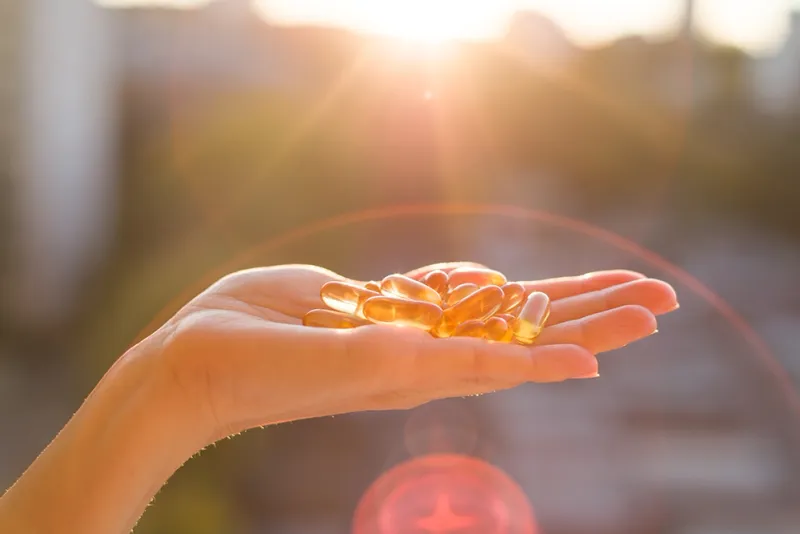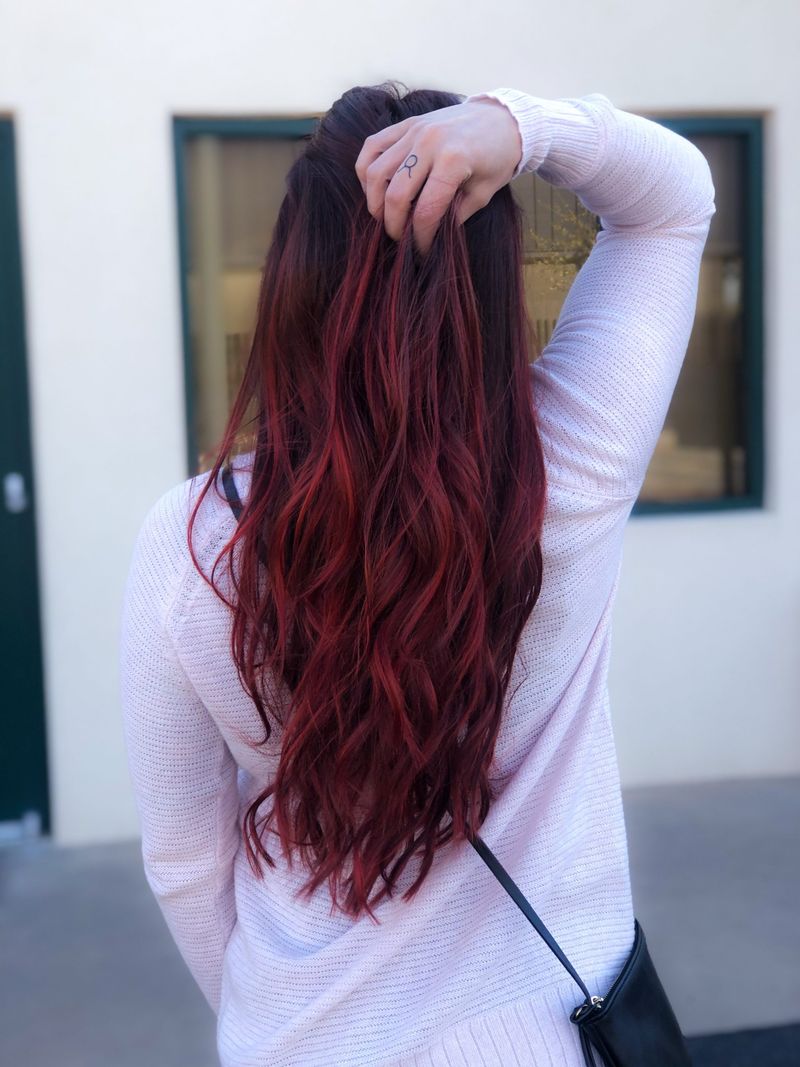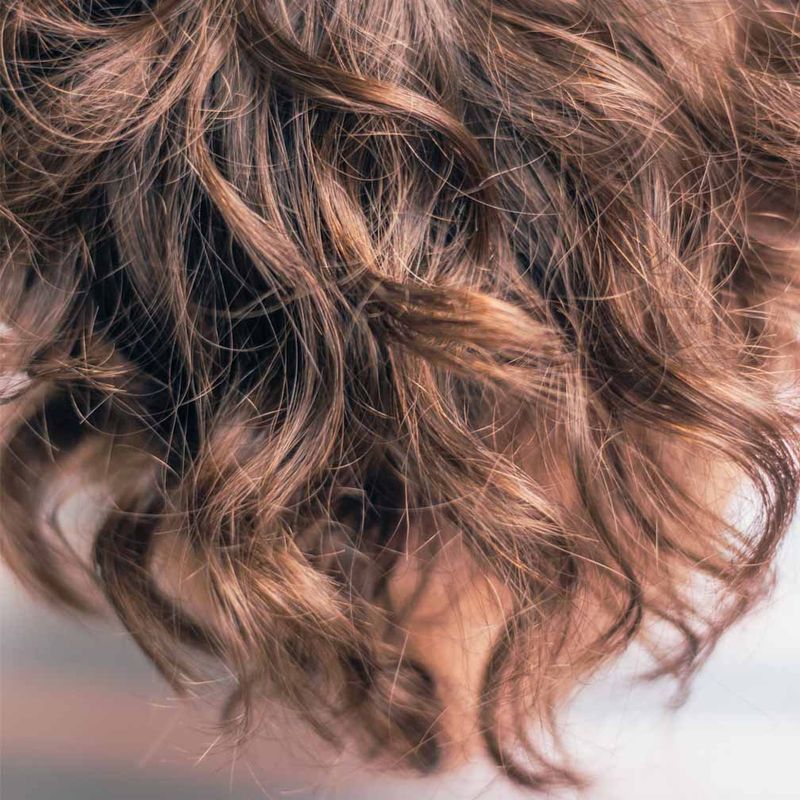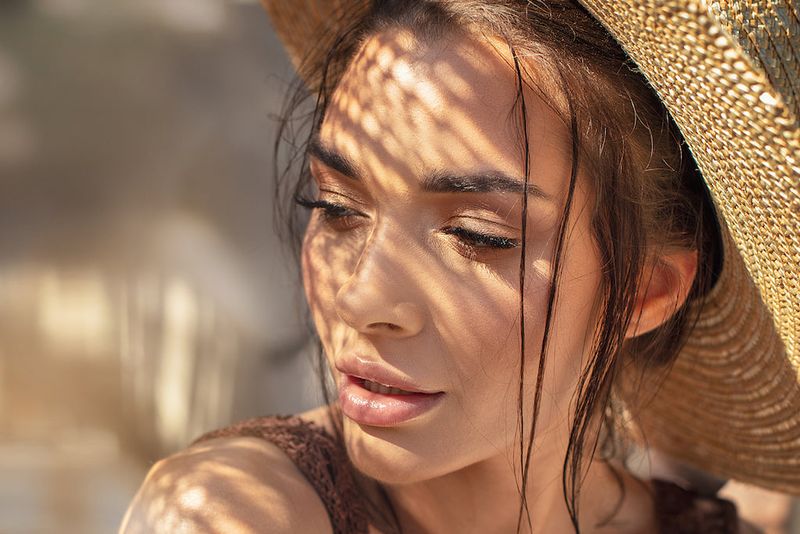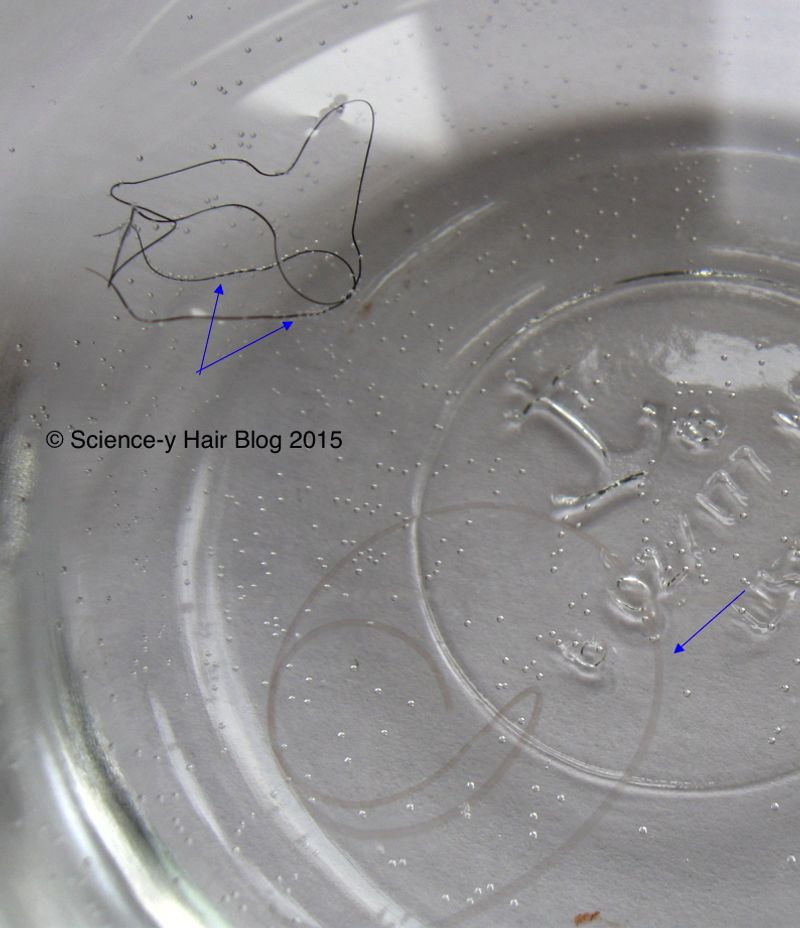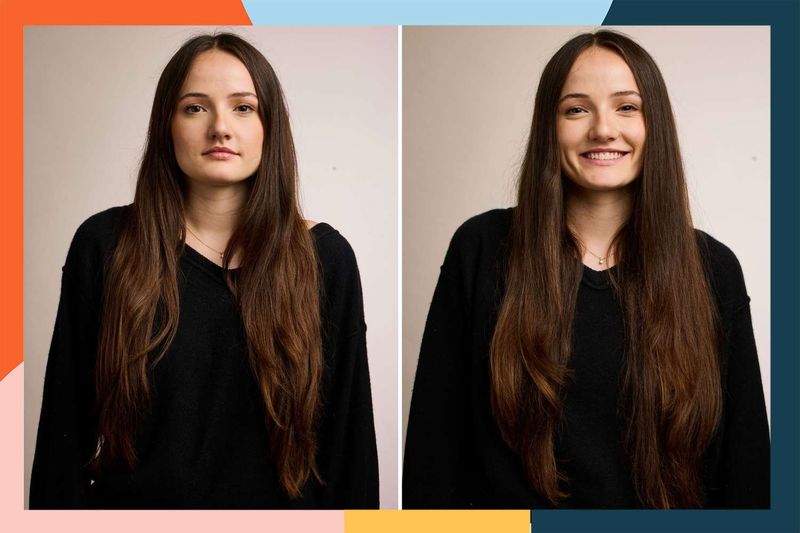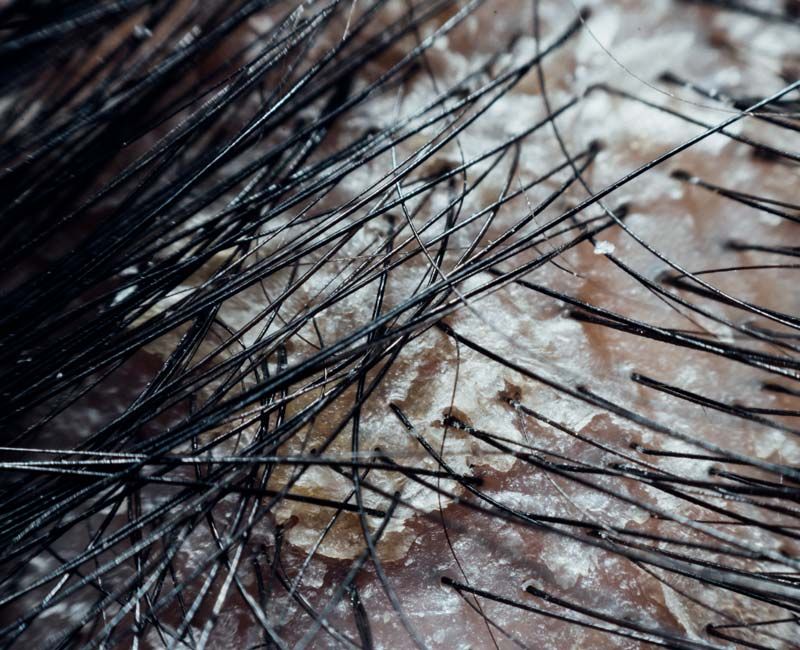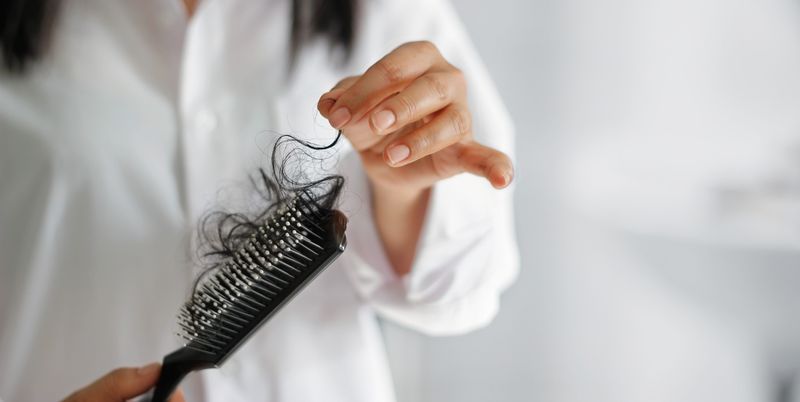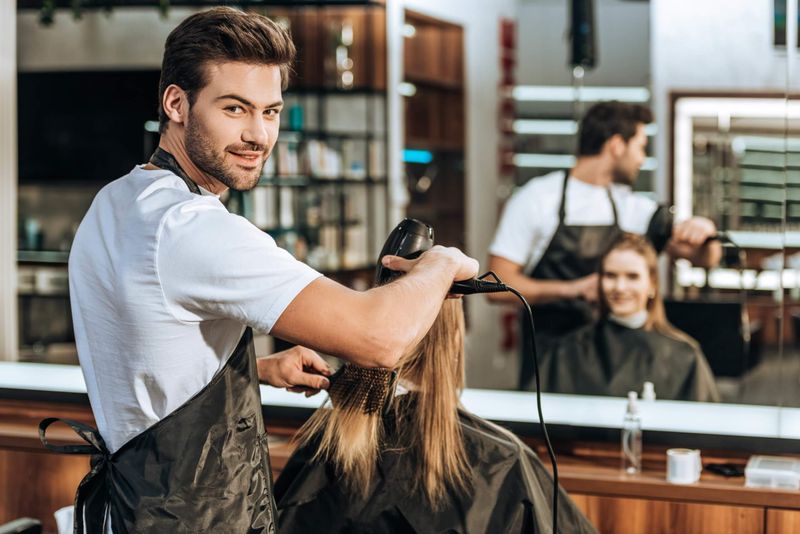Wondering if sunshine helps or hurts your hair? Many of us love basking in those warm rays, but we’re not sure if our locks are loving it too.
The sun can both benefit and damage your hair, depending on several factors like your hair type and how much exposure you get.
1. Morning Strand Check
Examine your hair after a sunny day outdoors. If it feels unusually dry or looks more brittle than before, the sun might be too harsh for your specific hair type.
Compare how it felt before sun exposure.
2. Split End Survey
Count visible split ends before summer begins, then check again after several weeks of sun exposure. An increase might indicate the sun is damaging your hair structure.
Keep a simple photo record for comparison.
3. Natural Highlight Test
Fair or light brown hair often develops natural highlights from sun exposure. If you notice gentle lightening without brittleness, your hair might benefit from moderate sunshine.
These natural highlights usually appear gradually.
4. Scalp Health Monitor
Watch for scalp changes after sun exposure. A healthy response includes slightly increased oil production. Redness, flaking, or sunburn signals too much sun for your scalp.
Your scalp health directly affects hair growth.
5. Bounce-Back Evaluation
Pull a strand of hair gently, then release it. Healthy hair bounces back to its natural shape. If sun-exposed hair stretches or breaks easily, it’s losing elasticity from UV damage.
Repeat this test with protected hair for comparison.
6. Vitamin D Hair Growth Diary
Track your hair growth rate during sunny versus cloudy months. Moderate sun exposure increases vitamin D production, which can promote healthier, faster-growing hair in many people.
Measure growth at your temples or nape.
7. Color Fade Observation
Take a photo of your hair color, then check again after several sunny days. Noticeable fading, especially in dyed hair, indicates sun is affecting your hair’s color molecules.
Red dyes typically fade fastest in sunlight.
8. Moisture Retention Check
Apply your regular conditioner after a day in the sun. If your hair absorbs product much faster than usual, it’s likely dehydrated from sun exposure.
Healthy hair shouldn’t feel like a sponge soaking up moisture.
9. Shine Comparison Method
Compare the shine of sun-exposed sections with protected areas under hats or scarves. Healthy interaction with sunlight maintains or enhances natural shine rather than dulling it.
Use natural light for accurate assessment.
10. Seasonal Hair Analysis
Notice how your hair behaves during different seasons. If summer sun leaves your hair feeling healthier than winter months, moderate sunshine might benefit your specific hair type.
Consider other factors like humidity too.
11. Porosity Test After Sun
Float a strand of hair in water after sun exposure. Hair that quickly sinks has high porosity, often from sun damage. Healthy hair floats longer before absorbing water.
This simple test reveals structural changes.
12. Protected vs. Unprotected Strand Test
Apply sun protection product to half your hair, leaving the other half untreated before sun exposure. Compare the texture difference afterward to see if protection benefits your specific hair type.
Feel for smoothness differences.
13. Dandruff Development Tracking
Monitor your scalp for dandruff changes after sun exposure. Some people find sun reduces dandruff due to its antifungal effects, while others experience increased flaking from dryness.
Consistent patterns provide your answer.
14. Hair Thickness Measurement
Measure a small section of hair with a fabric measuring tape before and after summer. Slight increases might indicate healthier growth from vitamin D, while thinning suggests damage.
Consistency in measurement location matters.
15. Professional Stylist Consultation
Ask your hairstylist to assess your hair’s condition after periods of sun exposure. Professional eyes can spot subtle changes in texture, density, and health that you might miss.
Stylists often notice cumulative effects.

